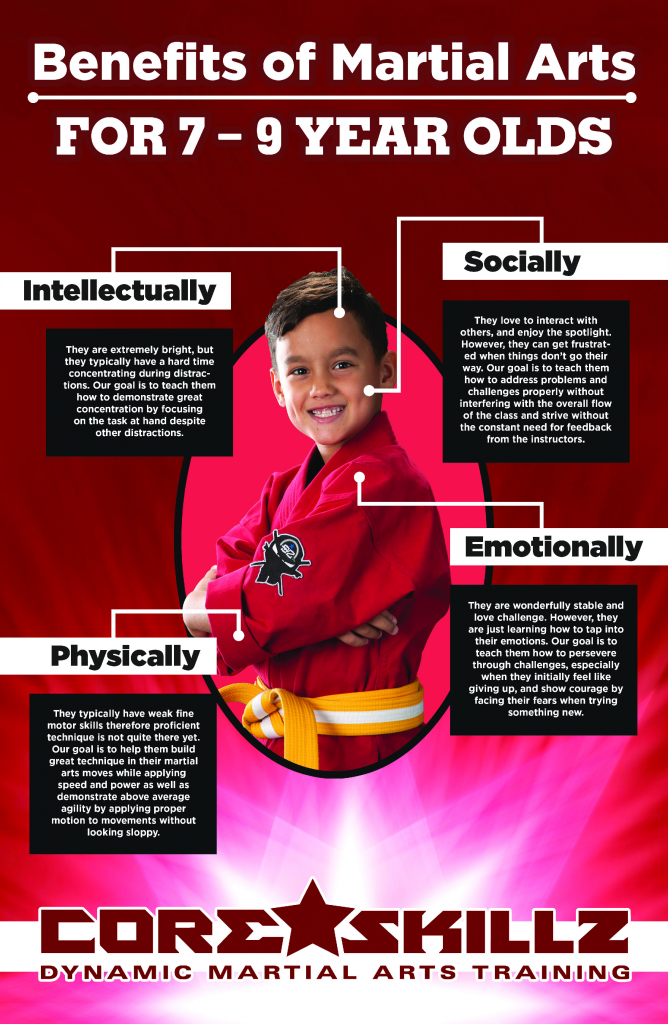The Journey And Change Of Martial Arts: Exploring Its Historical Structures And Modern-Day Strategies
The Journey And Change Of Martial Arts: Exploring Its Historical Structures And Modern-Day Strategies
Blog Article
Material Author-Borup Whitaker
Step into the globe of martial arts, where old beginnings and modern methods clash in an exciting journey of discipline and self-discovery.
As you delve into the background and advancement of this captivating art kind, prepare to be mesmerized by the social influences, technological innovations, and profound viewpoint that have actually formed it over centuries.
From https://consofteachingkidsmartial88765.weblogco.com/29938114/a-comparative-analysis-of-martial-arts-and-self-defense-acknowledging-the-basic-differences of ancient worlds to the training grounds of today, martial arts have stood the test of time, frequently adapting and expanding.
Each strike, each activity, carries with it the weight of many years of tradition and wisdom, gave through generations. This is a story of strength, of warriors that looked for not only physical expertise, however additionally inner strength and harmony.
Join us on this impressive expedition as we uncover the secrets, the legends, and the transformational power of martial arts.
Get ready to be influenced, challenged, and forever altered by the history and development of martial arts.
Social Influences on Martial Arts
As you discover the background and evolution of martial arts, you'll swiftly uncover the remarkable ways in which cultural influences have formed these battle techniques.
From https://www.reuters.com/lifestyle/musk-will-train-if-las-vegas-martial-arts-cage-match-takes-hold-2023-06-24/ of China and India to the extra current advancements in Japan and Brazil, martial arts have actually been greatly affected by the societies in which they originated.
For example, Chinese martial arts, such as Kung Fu and Tai Chi, are deeply rooted in the ideology of Taoism and the principle of Yin and Yang.
On the other hand, Japanese martial arts, like Martial arts and Judo, reflect the samurai warrior customs and the worths of technique and honor.
Likewise, Brazilian fighting style, Capoeira, incorporates aspects of African dance and songs, showing the cultural heritage of African slaves in Brazil.
These social influences not just provide each fighting style its one-of-a-kind attributes but also offer a deeper understanding of the historic and social contexts in which they developed.
Technical Improvements and Martial Arts
With the increase of innovative weapons and innovative training tools, you've had the ability to enhance your abilities and adjust to the ever-changing battle landscape.
Technical developments have actually changed the means martial arts are practiced and educated. Virtual reality simulations now allow you to learn reasonable fight situations without the threat of physical injury. High-speed video cameras record every step, allowing you to analyze and ideal your strategies. Wearable tools check your heart rate, breathing, and muscle mass activation, supplying instant responses on your efficiency.
In addition, the advancement of specialized equipment, such as resistance bands and dexterity ladders, has actually enabled you to boost your speed, strength, and agility. These technical innovations have not just made training more efficient yet have actually additionally pushed the boundaries of what is feasible in martial arts, enabling you to get to brand-new heights in your practice.
The Approach and Concepts of Martial Arts
The viewpoint and principles of martial arts are deeply rooted in shaping your attitude and instilling self-control, focus, and respect in your method.
1. Frame of mind: Martial Arts shows you to create a solid and durable way of thinking. It enables you to conquer difficulties both on and off the floor covering, pushing your restrictions and persisting despite adversity.
2. Discipline: Martial Arts needs technique and self-constraint. Through routine training and adherence to rigorous rules and strategies, you learn to regulate your impulses and develop a strong work values.
3. Emphasis: Martial Arts requires extreme emphasis and focus. By training your mind to be present in the minute, you boost your ability to react quickly and effectively during combat situations.
4. Regard: Martial Arts emphasizes respect for oneself, teachers, training partners, and opponents. It shows you to value the abilities and experiences of others, promoting a sense of camaraderie and gamesmanship.
Verdict
Congratulations on finishing your journey with the fascinating globe of martial arts! Throughout this exploration, you have experienced the abundant history and remarkable evolution of these battle practices.
From their ancient origins to the contemporary strategies we see today, martial arts have been formed by cultural influences.
The assimilation of modern technology has actually also played a considerable role in revolutionizing the means martial arts are instructed and practiced in the present day.
Nevertheless, it is important to remember that martial arts are greater than simply physical combat. They encompass extensive philosophies and directing concepts that surpass the mere act of battling.
Take a moment to assess this anachronistic journey and appreciate exactly how the heritage of martial arts continues to prosper in the here and now, transcending time and limits.
